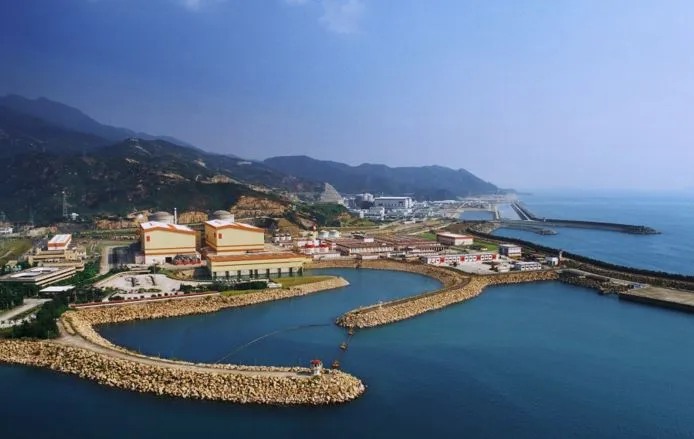
Here's how badly CGN was hurt by the delayed launch of reactor units in Taishan
Expected commercial operation has been moved to 2018 and 2019.
Moody's Investors Service says China General Nuclear Power Corporation's delays in launching its European Pressurized Reactor (EPR) units in Taishan are credit negative.
"The delays reflect our concerns over the high execution risk for CGN in rolling out its aggressive expansion target and its adoption of a new generation of nuclear technology," says Ada Li, a Moody's Vice President and Senior Analyst.
"The delays also imply the deferral of cash flows from the two nuclear units and potential additional capex, which would further pressure CGN's financial metrics," adds Li.
On 29 December 2017, CGN announced that the expected commercial operation of Taishan Unit 1 and Taishan Unit 2 will commence in 2018 and 2019, respectively, against its interim expectation of 2H 2017 and 1H 2018.
The EPR technology has been experiencing delays and cost overruns. As of the end of 2017, there had been no instance of third-generation nuclear power generating technology, including EPR, in commercial operation.
CGN had already announced a six-month delay in launching the Taishan EPR units in February 2017. It had not disclosed any additional capital investment as a result of the delay.
Furthermore, the delays in launching the Taishan units imply the deferral of cash flows from the plants. The two EPR units have a total designed capacity of 3.5GW, which is equivalent to 16% of CGN's operating nuclear capacity at the end of June 2017.
Moody's expects the two units to contribute around RMB5 billion in annual revenue upon their complete commencement, equivalent to around 7% of CGN's 2016 revenue.
Furthermore, Moody's expects CGN to maintain its rapid expansion pace in accordance with the government's nuclear expansion target, with an annual capex of around RMB60-65 billion during 2017-2019. The Chinese government plans to grow operating nuclear capacity to 58GW by 2020, up from 34GW.
Moody's therefore expects CGN's adjusted funds from operations (FFO) to debt will hover around the mid-single digits for 2017-2019, compared with 5.9% at 2016, and its adjusted debt to book capitalization to hover around 70-73%.













 Advertise
Advertise











